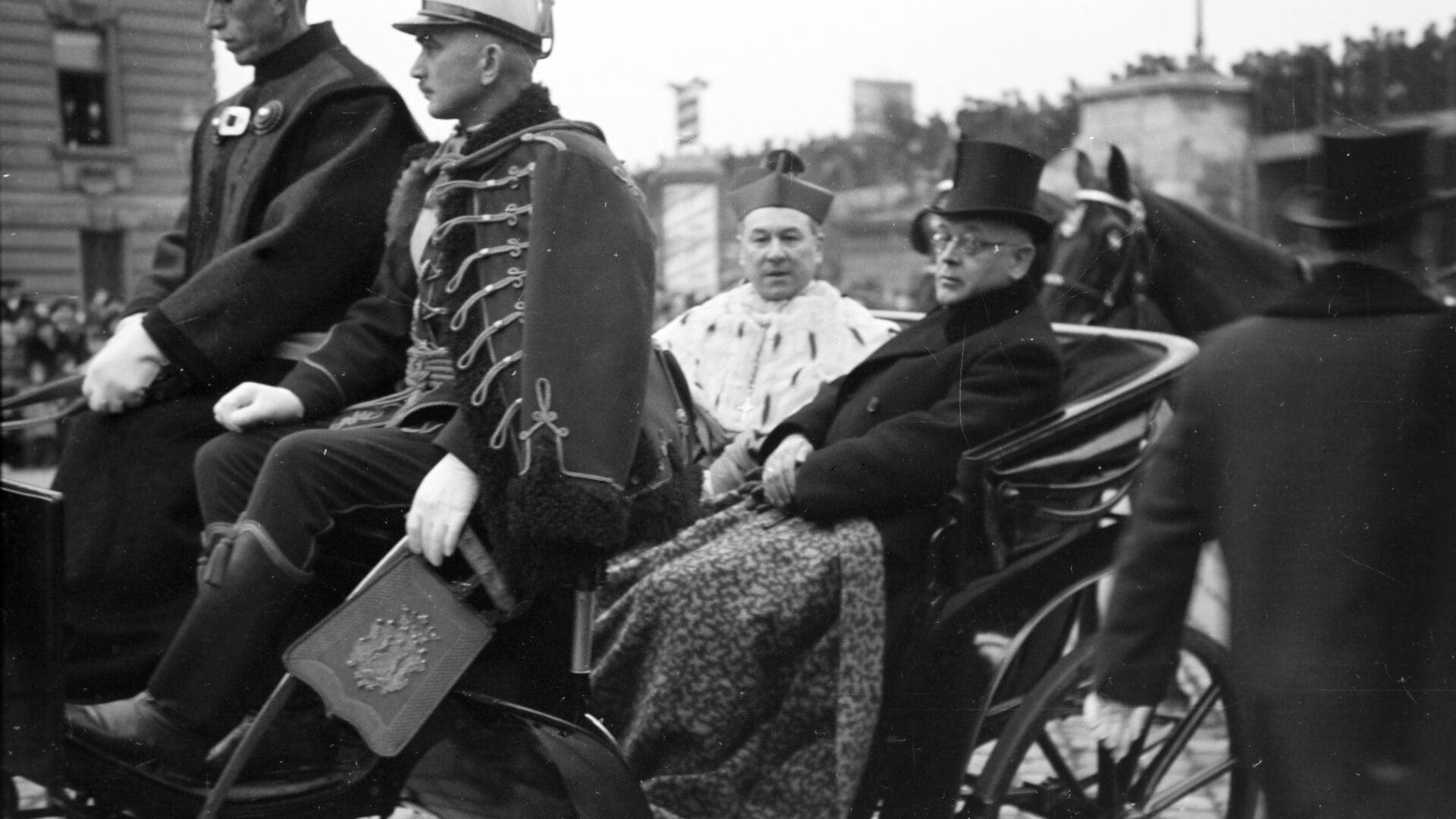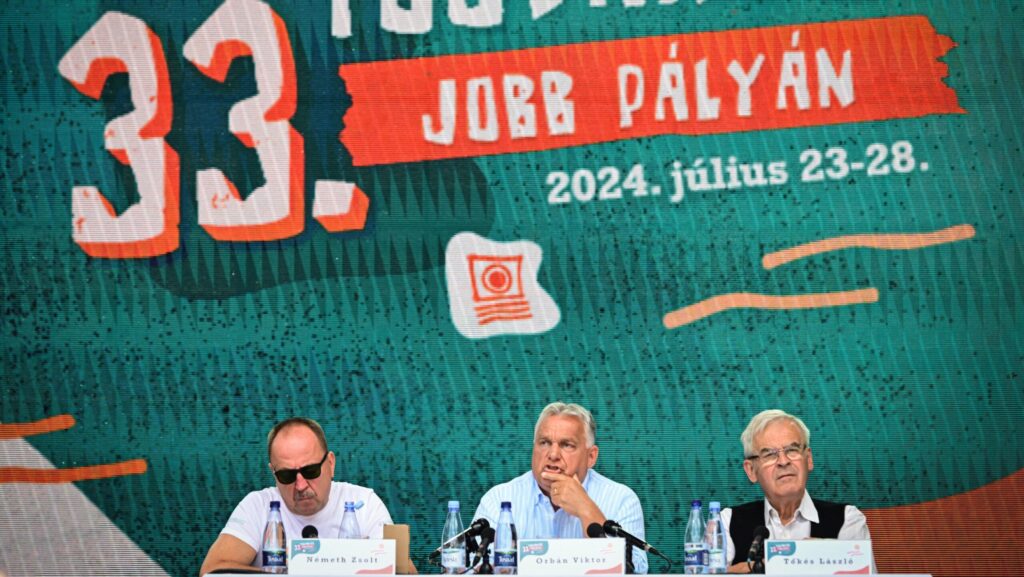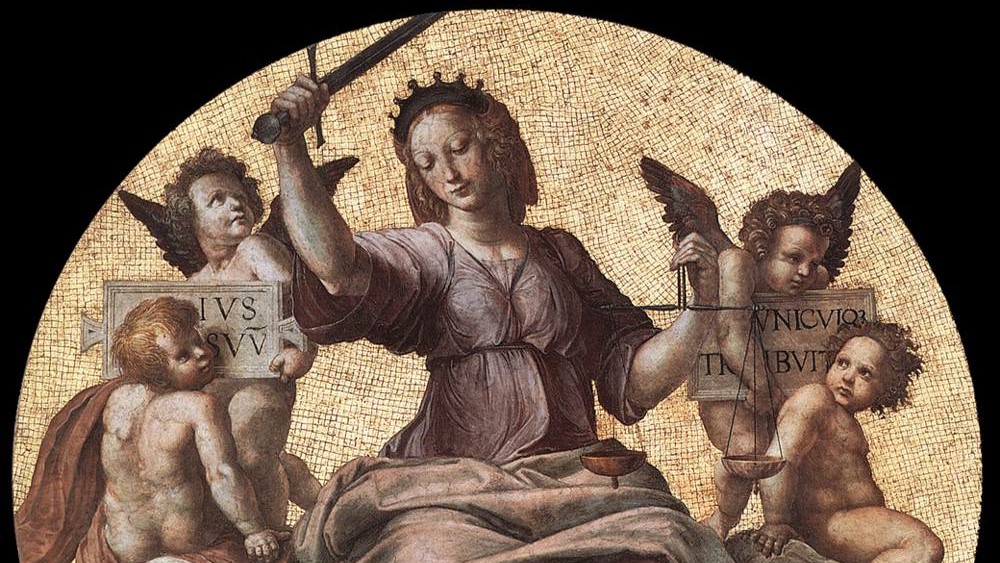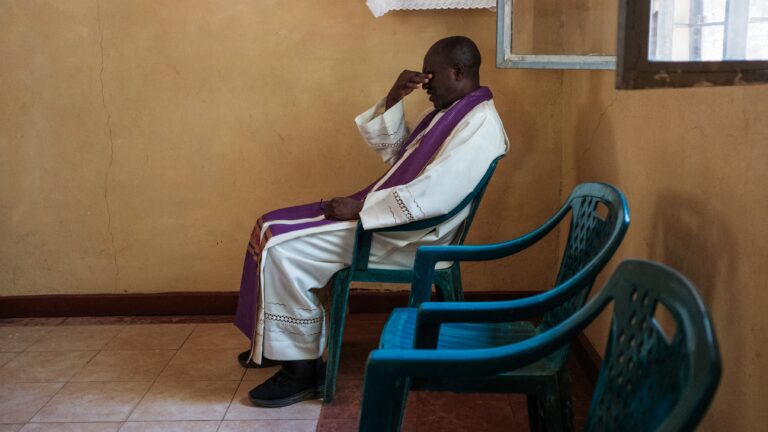‘The cross strengthens the gentle, tames the strong’ — this was the motto of Vilmos Apor, Bishop of Győr. The prelate is primarily remembered as a martyr in Hungary, but in fact he devoted his entire life to protecting the powerless.
His relentless dedication to those in need earned him the title ‘the bishop of the poor’.
He was born on 29 February 1892 in Segesvár (today Sighișoara, Romania), as a scion of an ancient Székely noble family. Duty called his father to the imperial city of Vienna where he served as state secretary of the minister for relations with Austria. The head of the family died early, but the widow and her children did not leave Vienna.
From an early age Apor was drawn to the priestly profession. He studied at the Jesuit secondary schools in Kalksburg, Austria and Kalocsa, Hungary. He continued at the seminary of the diocese of Győr, from where Count Miklós Széchényi, the bishop of Győr, sent him to Innsbruck to study theology. He graduated in 1915 and was ordained priest in Nagyvárad (today Oradea, Romania).
In Gyula he worked as an assistant pastor and a teacher, but his work was temporarily interrupted by World War I: in 1917, he served as a chaplain onboard a hospital train and experienced the horrors of war for the first time. After a short detour in Nagyvárad, he returned to Gyula, now as a parish priest, in 1918.
During the months of the Hungarian Soviet Republic, he defied the ban on religious education and continued to hold Bible lessons for children, relying on the help of parents. After Trianon, he devoted considerable sums to charitable purposes; during the Christmas of 1925 he gave away most of the parish’s food supply.
In addition to religious life, he also played an active role in the Christian transformation of Hungarian society: he started a parish newspaper, facilitated public evangelism, and helped establish religious associations. In 1937 he became a member of the Sovereign Order of Malta; on 24 January 1941 he was consecrated Bishop of Győr.
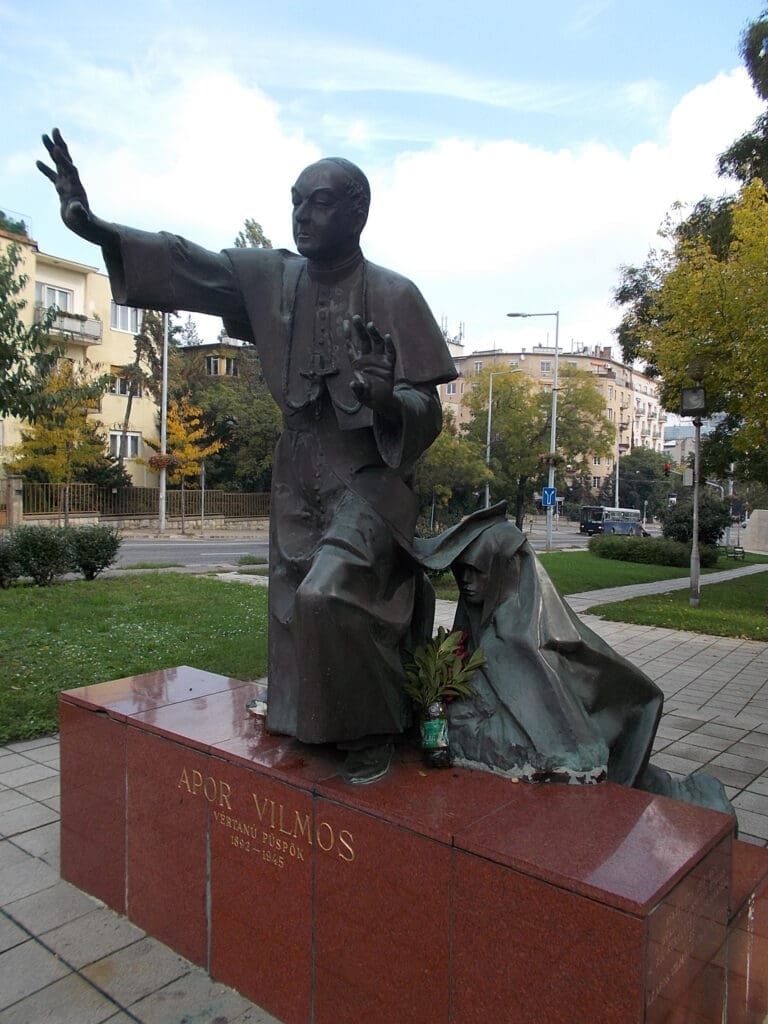
He was also an opponent of Nazism. Even before the outbreak of World War II he warned his flock of German origin not to fall victim to extreme right-wing propaganda. As president of the Hungarian Holy Cross Association he acted as the main defender of Jews who had converted to Christianity. He urged the Catholic church to speak out against the Jewish laws, but his requests and telegrams mostly fell on deaf ears. He stood up for the poor and the persecuted alongside Prince Primate Justinian Serédi, going against the political course of the Horthy era and becoming a supporter of the democratic transformation of society.
During the time of the Arrow Cross rule, he hid Jews, and also procured letters of protection for the persecuted through papal nuncio Angelo Rotta and his sister, head of the Hungarian Red Cross, Gizella Apor. He personally protested at the establishment of ghettos at the Ministry of the Interior. In a letter to the bishop of Vác he stated:
‘Anti-Semitism cannot be condoned. Every priest, from the Pope down to the last bishopric, must condemn it.’
When the front reached Transdanubia he and his fellow bishops József Mindszenty and Lajos Shovy demanded that the government put an end to the senseless bloodshed.
In his Easter speech the year before his martyrdom, on 9 April 1944, he greeted the faithful with the following words: ‘We are victorious in Christ. Some may perish in these fights. Some people’s wealth, earthly life, earthly values, roles, and rule may be destroyed in the ruins of struggles; but we know that each person’s life will also reach the glory of the resurrection if he believed in Christ, loved Christ, and lived faithfully in the shadow of the victorious cross.’
In his sermon he also predicted his own fate: ‘A Christian man cannot be crushed or driven to despair by any calamity or trial. The Easter holiday is the best guarantee of this…Mourning did not stifle hope either; a bright ray of hope shines through even in the black gloom of Good Friday.’
The Soviets reached Győr on 28 March 1945. As both the Red Army and the retreating Germans shelled the city, Vilmos Apor took in hundreds giving them shelter in the cellars of the Bishop’s Castle. After the Soviets occupied the city, soldiers came to demand that women be handed over to them to ‘peel potatoes’. Aware of what would most likely happen to the women (the Soviets engaged in brutal and systematic rape in the country), the bishop refused to comply and sent the soldiers away.
It was Good Friday. He hid the women and children in the dungeon system of the Bishop’s Castle. After a while, some of the soldiers, now drunk, returned, and when the bishop wanted to stop them from entering, they first fired warning shots at the ceiling, as evidenced by the bullet marks that can still be seen today. Then they fired three shots at the bishop, hitting him on the head and in the abdomen. He was taken to hospital and operated on, but his life could not be saved and he passed away on Easter Monday.
According to witnesses,
he prayed for his flock and his murderers until his last breath,
and even in the last hours of his life he inquired whether his protégés were safe.
His remains were buried in the crypt of the Carmelite church in Győr, where he rested until 1986, when he was reinterred in the Héderváry chapel of the cathedral.
During his visit to Hungary in 1996, Pope John Paul II also paid his respects at the Győr tomb of Vilmos Apor. It was on this occasion that the documents necessary for the beatification of the martyred bishop were handed over. The Pope beatified Vilmos Apor on 9 November 1997, in the presence of four thousand Hungarian pilgrims, in Rome’s St Peter’s Square. His feast is celebrated on the day of his reburial, 23 May.
This article was largely based on the article titled Vilmos Apor, Bishop of the Poor published on mult-kor.hu.

